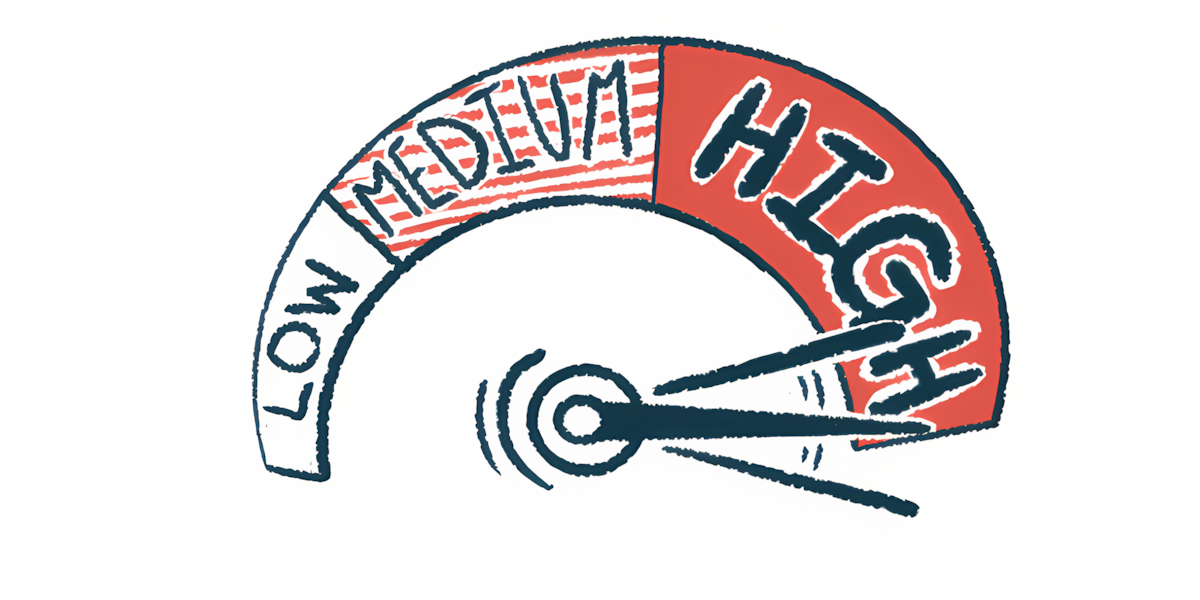Generalized MG severity tied to misdiagnosis, certain symptoms
Researchers: Findings demonstrate need for prompt, accurate diagnosis
Written by |

People with generalized myasthenia gravis (gMG) who were misdiagnosed at least once and who have certain disease symptoms are more likely to see an increase in disease severity, according to a recent study.
Ocular symptoms and/or muscle aches after physical activity were significantly associated with a higher risk of gMG worsening. Patients who are employed patients and those with fatigue were more likely to see their disease severity reduce or stabilize.
“There is a need for prompt and accurate diagnosis and improved treatment options with the potential to increase the likelihood of stability/improvement for gMG patients,” the researchers wrote. The study, “Factors associated with increased severity of generalized myasthenia gravis among patients in the United States and Europe,” was published in Scientific Reports.
Myasthenia gravis (MG) is an autoimmune disease marked by muscle weakness and fatigue that’s often caused by self-reactive antibodies targeting acetylcholine receptors at the neuromuscular junction, where nerve and muscle cells communicate to coordinate muscle contraction. Most patients are first seen with ocular MG, where the muscles that control eye and eyelid movements are affected, but more than half convert later to gMG, which affects several muscle groups.
While risk factors associated with gMG progression have been identified, “few studies … have considered risk factors for an increased severity among patients who already present with generalized symptoms at diagnosis,” wrote the researchers, who analyzed real-world population and clinical data from a survey that retrospectively captured information from patients in the U.S. and five European countries — France, Germany, Italy, Spain, and the U.K.
Risk factors for disease worsening
The analysis included 421 patients with a diagnosis of gMG who were a mean age of 54.4. In most patients (83.6%), the disease either stabilized or improved from the diagnosis to the time of the survey, that is, they had the same or lower Myasthenia Gravis Foundation of America (MGFA) classification, while in 16.4%, severity increased (higher MGFA classification). MGFA is a classification of MG severity, with higher scores indicating more severe disease.
Patients with worsening disease were significantly older than those in the stable/improved group (59.2 vs. 53.4). Their employment status was also different, with more patients in the stable/improved group having a full-time job (27.8% vs 10.1%). A higher proportion in the increased severity group were retired (46.4% vs. 28.4%).
A higher proportion of patients with stable/improved disease had minimal MG symptoms (79.6% vs. 49.3%) or were in remission (6.6% vs. 0%) than in the increased gMG severity group.
Eye muscle weakness and muscle aches after physical activity were more common in those with increased gMG severity, while impaired or slurred speech, shortness of breath, and arm weakness were more common with stable/improved disease.
The time from the onset of symptoms to the first healthcare provider visit and diagnosis was significantly greater with worsening disease. These patients were also more likely to be misdiagnosed (39.1% vs. 25.6%).
Across all the patients, the time to obtain a correct diagnosis was significantly greater with at least one misdiagnosis (2.8 vs. 13.4 months). The type, duration, or number of treatments weren’t significantly different between the two groups.
Misdiagnosed patients were 43% less likely to see their disease stabilize or improve. Older patients and those having certain symptoms at the time of their diagnosis were also less likely to stabilize or improve. Specifically, muscle aches after physical activity decreased the odds of stabilization or improvement by 58%, while eye muscle weakness decreased the odds by 31%, and eyelid droopiness by 32%.
Patients who were employed were 2.2 times more likely to see their disease stabilize or improve, while those with general fatigue at their diagnosis were 5% more likely to achieve the same outcome.
According to the researchers, “these findings reflect an unmet need for prompt and accurate diagnosis of gMG to reduce the risk of increased severity, and also more broadly highlight a need for improved gMG management options that help patients achieve disease stability or improvement.”







Leave a comment
Fill in the required fields to post. Your email address will not be published.